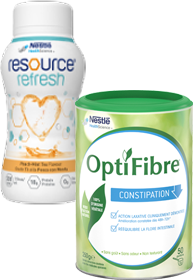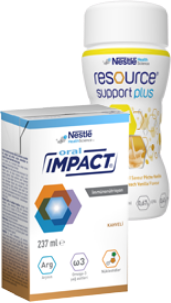Rehabilitation Improves Cancer Patients’ Quality of Life
Several factors, such as age and disease progression, need to be taken into account in order to decide what kind of rehabilitation is best.1
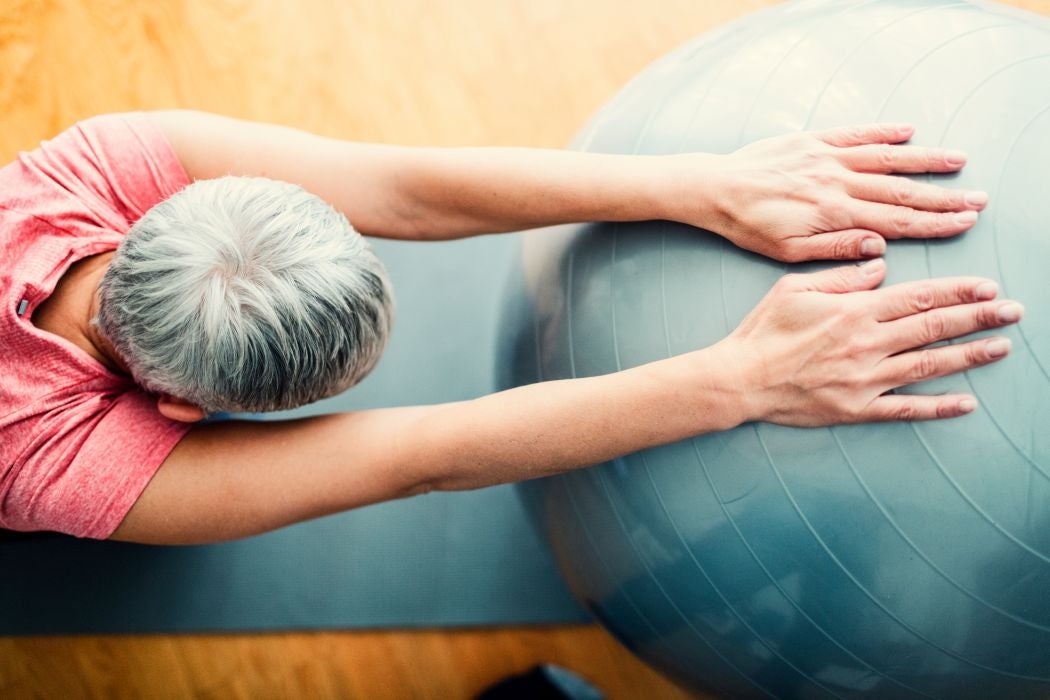
Although treatments are advanced, patients may have several functional problems, such as fatigue, decreased physical fitness and cognitive problems, as well as issues related to the type of the disease. People with head and neck cancer, for instance, may have their speech compromised and difficulty swallowing. But the rehabilitation services can greatly improve patients’ quality of life.1
The rehabilitation type depends on a number of factors
Several aspects of the disease should be considered when deciding the best type of rehabilitation, such as:1
- Age;
- Cancer type;
- Whether the disease has progressed early;
- Prescribed treatments.
It’s also important to consider both physical and psychosocial aspects. The correlation between physical, psychological and social issues needs to be fully understood before determining which healthcare workers need to be involved in the rehabilitation process. For example:2
- Psychologists;
- Nurses;
- Physiotherapists;
- Occupational therapists, etc.
Rehabilitation’s goal is to reduce or eliminate, whenever possible, functional losses and psychological problems associated with cancer and its treatment, and improve the quality of life of both patients and their families.1 In order to be effective, the process requires a multidisciplinary team.2
Cancer patients’ rehabilitation varies according to their needs
Preventive actions - Begin early, before or immediately after treatment. Psychological counseling can address early issues about necessary adjustments and allow immediate intervention.1
- The goal is - Reducing the impact of expected issues, with emphasis on educating patients and improving physical function and overall health conditions.1
Restorative actions - Focus on patients who have been cured or are in remission, but have some residual physical impairment and disability.1
- The goal is - Maximizing and, if possible, reverting to the physical, psychological and social functioning of before the disease.1
Supportive rehabilitation - Is about improving self-care skills and mobility.1
- Some goals are - Teaching patients to use devices for mobility or self-care, and providing emotional support on living with a disability.1
Palliative care actions - Should be taken when the disease and disabilities advance, focusing on increasing and keeping patients’ functions and well-being.1
- Some goals are - Managing pain, preventing deterioration due to inactivity, and providing patients and caregivers psychological support.1
Patients’ rehabilitation should focus on maintaining a high quality of life, rather than just improving functionality and prognosis.
References:
1 - Smith JC. The Role of Rehabilitation in Cancer Treatment. Available at: https://pdfs.semanticscholar.org/7cb0/3b5bc2547e397a3b700034fa0293dbc95830.pdf. Access on: November/2019.
2 - Okamura H. Importance of Rehabilitation in Cancer Treatment and Palliative Medicine. Available at: https://academic.oup.com/jjco/article/41/6/733/837105. Access on: November/2019.
Know more about the subject

Navigating Nutrition: Colon Cancer Diet Advice
Eating well and following a balanced, nutritious diet is one of the best ways you can prepare for colon cancer treatment1. But what is a healthy ‘colon cancer diet’?
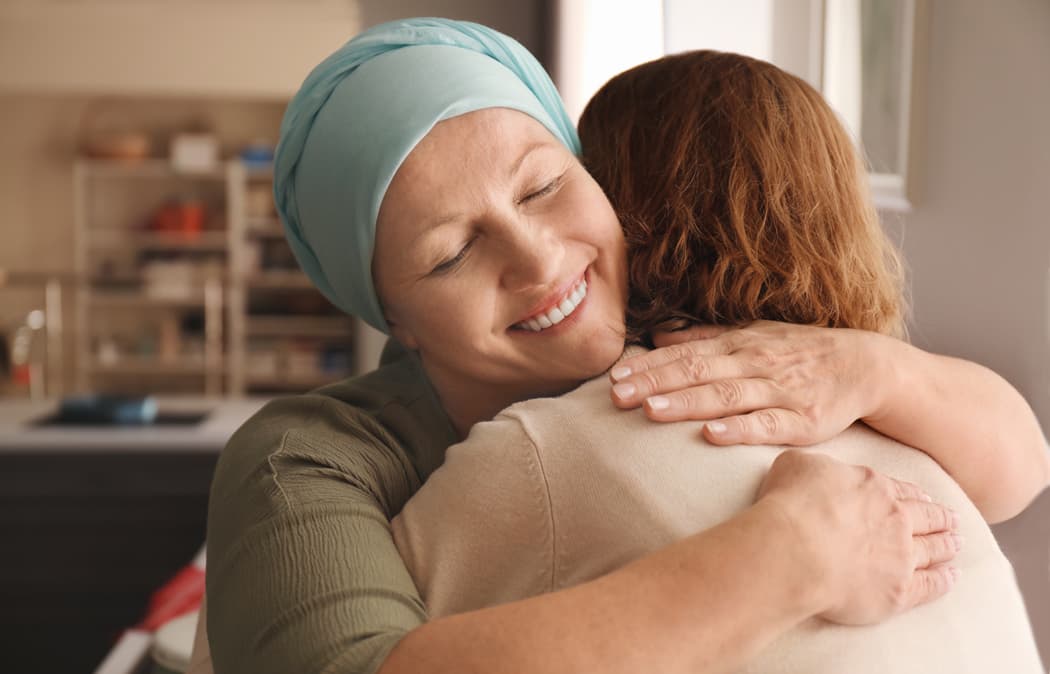
Cancer Survivorship: Stages, Statistics, And Care
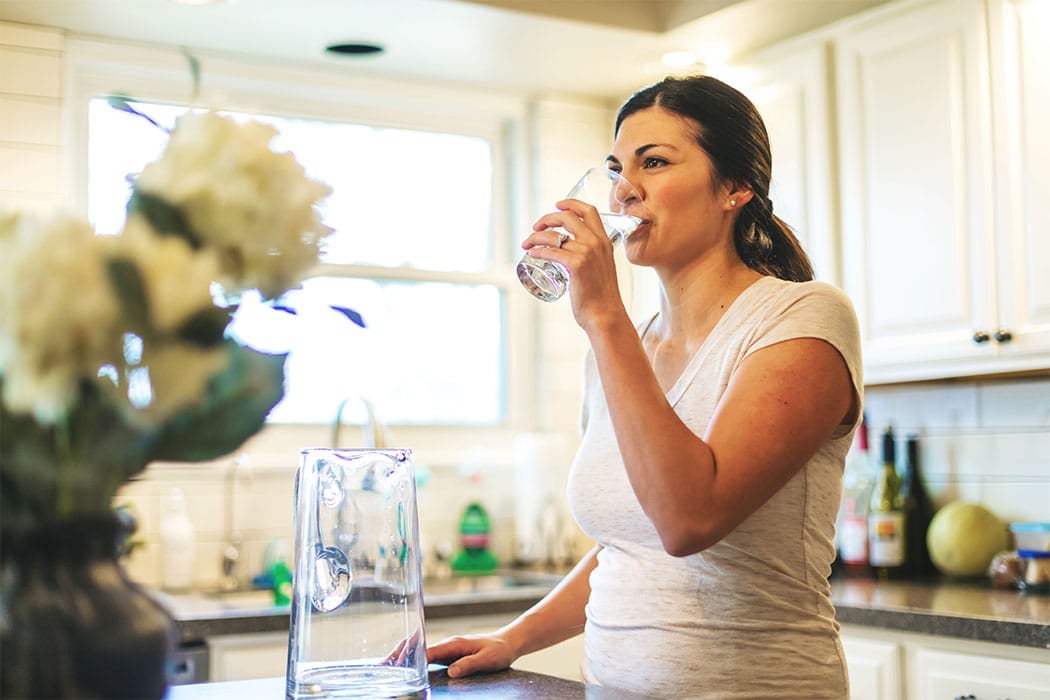
Staying Hydrated During Treatment
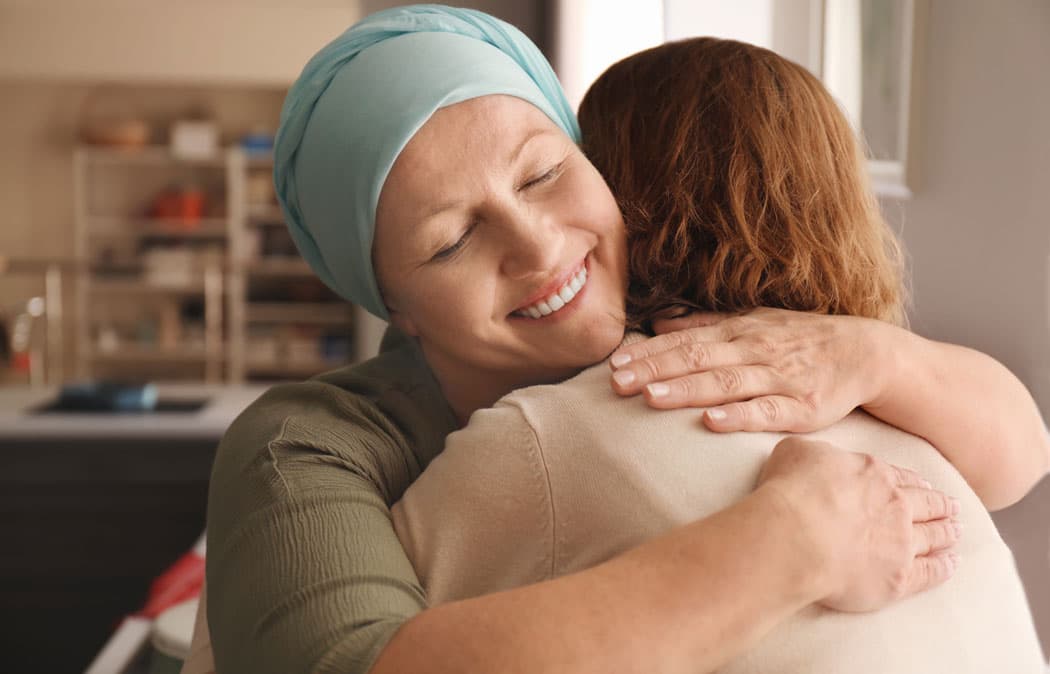
Safe Food Handling with a Weakened Immune System

How to Cope with Constipation
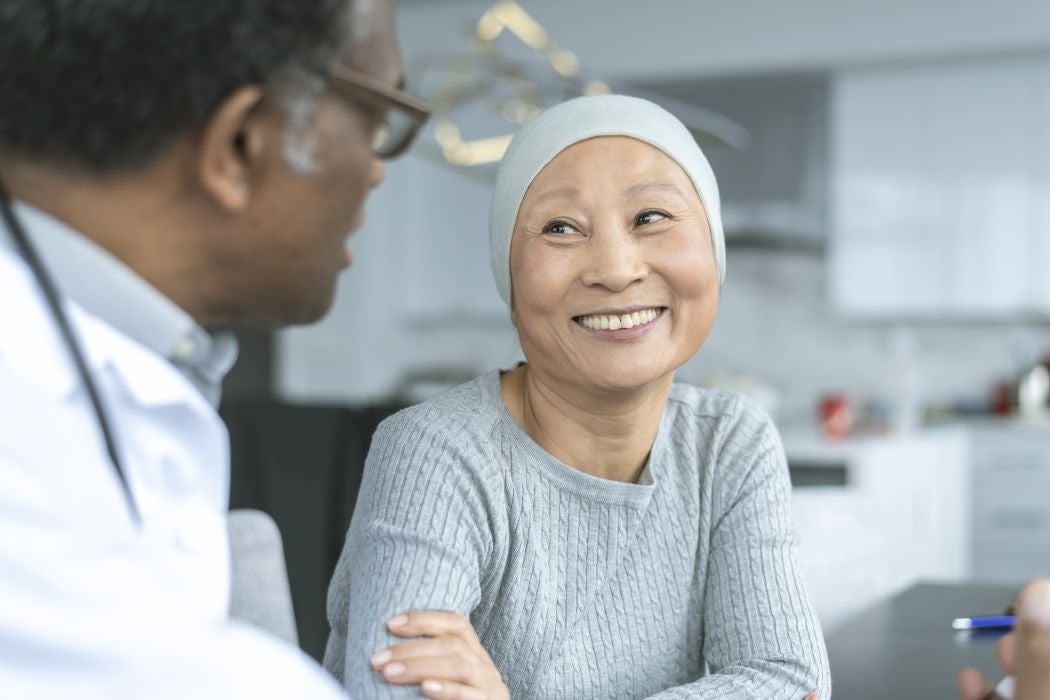
My Treatment Has Ended, What Do I Need to Know?
After your cancer treatment is finished, medical follow-up will continue and it’s important that you change a few habits.

